Zhuke Narcissus, a famous variety among Wuyi Rock Teas, originates from the Zhuke tea garden in the core production area of Wuyi Mountain, named for its growth in a valley surrounded by bamboo forests. Its tea soup is mellow and smooth, with an aroma that combines orchid fragrance, osmanthus fragrance, and the unique "rock rhyme," making it a highly representative category among Narcissus teas. To fully showcase the rock bone and floral aroma of Zhuke Narcissus, mastering scientific brewing methods is crucial. This article will comprehensively explain the brewing techniques of Zhuke Narcissus from its characteristics, preparation, practical steps to tasting points, helping you savor this mellow tea soup from the Wuyi rock valleys.
1. Core Characteristics of Zhuke Narcissus: Why Precise Control is Needed for Brewing?
Appearance Features: The dry tea leaves have thick, tight Strip, Presentation brownish-green or bluish-brown color with obvious luster. The leaves are complete and plump, with fewer buds exposed but obvious down on the back of the leaves. This reflects the high maturity of Zhuke Narcissus raw materials and enriches its internal substances, laying the foundation for the mellow taste of the tea soup.
Internal Characteristics: As a moderately to heavily fermented rock tea, it has a balanced ratio of tea polyphenols to amino acids and moderate caffeine content, resulting in a mellow and full tea soup with weak bitterness, obvious sweetness, and a long-lasting aftertaste. Its aroma has rich layers, with dry tea having caramel and floral-fruity notes, and after brewing, orchid fragrance, osmanthus fragrance, and rock rhyme intermingle and bloom, with a long and lasting charm.
Impact of Processing: Produced through traditional rock tea processes such as withering, leaf conditioning, fixing, rolling, and roasting, especially moderate charcoal roasting, Zhuke Narcissus is endowed with unique roasted aroma and quality stability. However, because of this, high temperature is needed during brewing to stimulate the aroma, while avoiding over-extraction that would make the tea soup too strong and astringent.
Aroma Stimulation: Zhuke Narcissus has rich aroma layers, including natural floral-fruity notes and process-derived roasted fragrance. It requires high-temperature water injection and proper tea awakening to fully stimulate the aroma. Insufficient temperature results in dull aroma with indistinct layers, failing to showcase its complex aromatic characteristics.
Concentration Control: With high leaf maturity and abundant internal substances, over-steeping can lead to overly strong tea soup with a stuffy taste or astringency; under-steeping results in insufficient rock rhyme and thin taste. Precise control of steeping time for each infusion is needed to balance the concentration.
Roasting Balance: Brewing methods need flexible adjustment according to the degree of roasting. Lightly roasted Zhuke Narcissus focuses on floral aroma stimulation, while heavily roasted ones require longer tea awakening time to awaken the rock rhyme, avoiding excessive roasted taste masking the tea fragrance and achieving a harmonious unity of aroma and charm.

2. Pre-Brewing Preparation: Details Determine Rock Rhyme Presentation
Recommended Main Brewers:
Purple Clay Pot: A 120-150ml vermilion clay or purple clay pot is preferred, with a flat-round or lotus seed shape. Purple clay pots have moderate breathability and adsorption, which can gather the aroma of Zhuke Narcissus, balance the roasted taste, and make the tea soup more mellow and smooth, especially suitable for showcasing the flavor of heavily roasted Narcissus.
Porcelain Gaiwan: Choose a 100-120ml white porcelain or celadon gaiwan with a slightly wide rim for easy soup pouring. Gaiwan dissipates heat quickly, allows precise control of steeping time, and does not absorb aroma, suitable for displaying the floral layers of lightly roasted Zhuke Narcissus and observing changes in tea soup color.
Jianzhan Cup: For those pursuing the "rock bone" expression of rock tea, a small 100ml Jianzhan cup can be used as the main brewer. Its strong heat retention enhances the richness of the tea soup, making the rock rhyme more prominent, suitable for experienced tea drinkers to appreciate heavily roasted Zhuke Narcissus.
Auxiliary Utensils: Prepare a tea spoon (for taking tea, avoiding hand temperature affecting tea quality), tea lotus (for appreciating dry tea Strip and smelling dry tea aroma), fairness cup (glass or porcelain, facilitating soup distribution and observing soup color), tasting cups (small-capacity white porcelain cups or Jianzhan cups, gathering aroma and facilitating feeling tea soup temperature), water heater (for precise temperature control), timer (for controlling each infusion time), and tea needle (for prying compressed tea cakes if needed).
(2) Water Quality and Temperature: Keys to Stimulating Rock Bone and Floral Aroma
Water Quality Requirements: Prioritize low-hardness mountain spring water or mineral water with neutral to slightly alkaline pH (7.0-7.5), which can better stimulate the rock rhyme and sweetness of Zhuke Narcissus. Avoid chlorinated tap water or over-purified pure water; the former easily destroys the purity of aroma, while the latter may make the tea soup taste thin. Tap water should be left standing for 24 hours or filtered through a water purifier before use.
Temperature Standards: Boiling water at 95-100℃ is needed for brewing. High temperature can penetrate the thick leaves to stimulate deep aroma and taste. Regardless of the degree of roasting, boiling water is the basis for brewing Zhuke Narcissus, especially for heavily roasted Narcissus, which requires freshly boiled water to awaken its sleeping rock rhyme, avoiding dull aroma and weak taste caused by insufficient water temperature.
Tea Quantity Ratio: Follow the principle of "strong makes aroma sink, weak makes rhyme shallow". For a 100ml brewer, use 5-6g of tea; for 120-150ml, use 6-8g, which can be adjusted according to personal taste. Beginners are advised to start with a lower tea quantity to avoid overly strong tea soup that is difficult to accept, gradually finding the suitable concentration.
Tea Awakening: Take Zhuke Narcissus out of the packaging, place it in a tea lotus, and let it stand in a ventilated place for 5-10 minutes to allow the tea to adapt to the environment, release slight storage odors (if any), and observe the dry tea Strip and aroma characteristics to prepare for brewing adjustments.
Prying Skills: For compressed Zhuke Narcissus, use a tea needle to gently pry along the tea texture, trying to keep the Strip intact to avoid crumbs causing cloudy tea soup. Loose tea can be taken directly with a tea spoon to reduce mechanical damage to the tea leaves.

3. Specific Brewing Steps for Zhuke Narcissus: Precisely Controlling the Balance Between Rock Rhyme and Floral Aroma
Utensil Warming: Rinse the main brewer, fairness cup, and tasting cups with boiling water in sequence to ensure the utensils are odor-free and fully preheated, especially purple clay pots and Jianzhan cups, which need to be thoroughly heated inside and out to enhance heat retention and aroma gathering effect. Drain the water after warming to avoid residual water affecting tea soup concentration and taste.
Tea Awakening Skills:
Lightly roasted Zhuke Narcissus: After adding tea, pour in a small amount of boiling water, quickly rotate the main brewer to allow the tea to absorb water evenly, and immediately pour out the tea soup within 5 seconds. This is "washing tea", aiming to awaken the tea and remove surface dust. At this time, obvious floral-fruity aroma can be smelled, indicating the tea is starting to awaken.
Heavily roasted Zhuke Narcissus: Tea awakening needs to be done twice. After the first water injection, let it stand for 5 seconds and pour out; after the second full water injection, let it stand for 10-15 seconds to allow high temperature to fully penetrate the leaves, awakening the roasted aroma and rock rhyme. The tea soup must be completely drained to avoid affecting the purity of the first infusion's taste.
Water Injection Methods:
Lightly roasted Narcissus: Adopt the "high pouring and circling" method, inject water from a height (about 15-20cm) evenly along the inner wall of the main brewer, forming a vortex to make the tea leaves roll, using water flow impact to stimulate floral aroma. Pour water to 80% full to avoid overflow.
Heavily roasted Narcissus: Adopt the "low pouring and fixed point" method, inject water slowly close to the tea surface, fixing the point at the center of the main brewer to avoid excessive impact causing too strong roasted taste. Gently shake the main brewer after water injection to allow the tea to absorb water evenly.
Steeping Time Control:
1st infusion: 3-5 seconds for lightly roasted, 5-8 seconds for heavily roasted, pour out quickly. At this time, the tea aroma is initial, with slight rock rhyme, mainly to further awaken the tea and prepare for subsequent flavor release.
2nd-3rd infusions: 5-8 seconds, 10-12 seconds for lightly roasted; 8-10 seconds, 12-15 seconds for heavily roasted. This is the best flavor stage where floral aroma and rock rhyme reach balance, with mellow and sweet tea soup showcasing the core characteristics of Zhuke Narcissus.
4th-6th infusions: Extend each infusion by 5-10 seconds, up to 15-25 seconds for lightly roasted, 20-30 seconds for heavily roasted. At this time, the roasted aroma gradually softens, rock rhyme becomes more prominent, with lasting sweetness and rich taste layers.
7th infusion onwards: Flexibly extend to 30 seconds-1 minute according to tea soup concentration until the taste fades obviously. High-quality Zhuke Narcissus can be brewed more than 8-10 times, with the final infusions still maintaining sweet rock rhyme, fully demonstrating its brewing endurance.
Soup Pouring Skills: Pour out the soup quickly and neatly, tilt the main brewer at a large angle to ensure the tea soup is completely poured out within the specified time. Especially for purple clay pots, press the air hole (if any) and pour quickly to avoid residual tea soup continuing to steep and making the next infusion too strong. The tea soup in the fairness cup should be distributed into tasting cups as soon as possible and drunk while hot to experience the best aroma and rock rhyme.
Lightly Roasted Zhuke Narcissus Brewing Method: Focus on floral aroma performance, shorten tea awakening time, pour out the first 3 infusions quickly. When injecting water, appropriately increase water flow height to enhance impact, stimulating orchid and osmanthus fragrances. Gradually extend time in the middle and later stages to capture the natural transition from floral aroma to rock rhyme.
Heavily Roasted Zhuke Narcissus Brewing Method: Emphasize the balance between rock rhyme and roasted aroma, requiring two tea awakenings for full awakening. The first 2 infusions can be extended by 5 seconds to let the roasted taste disperse. In the middle and later stages, adopt the "steaming" technique (slightly shake the main brewer 3 seconds before the end of each infusion) to enhance the richness and sweetness of the tea soup, experiencing the calm charm of rock bone and the beauty of time precipitation.
4. Tasting Points and Flavor Changes: Experiencing the Layered Beauty of Rock Bone and Floral Aroma
Early Stage (1-3 infusions): Dry tea is brownish-green or dark brown with thick Strip brewed soup is orange-yellow or deep orange-yellow, clear and bright; aroma is mainly orchid and osmanthus fragrance (lightly roasted) or caramel and jujube fragrance (heavily roasted), accompanied by obvious rock rhyme; Rich and sweet taste with weak bitterness, quick sweetness, and refreshing throat rhyme, initially demonstrating tea characteristics.
Middle Stage (4-6 infusions): Soup color deepens to amber, oily and shiny; aroma shows deep integration of floral aroma and rock rhyme (lightly roasted) or roasted aroma gradually transforming into warm aged fragrance (heavily roasted); tea soup has full taste with obvious "rock bone" feeling, i.e., a cool mineral sensation in the throat after swallowing, with sweetness spreading from cheeks to the entire mouth and lasting charm, showing the best flavor state.
Later Stage (7th infusion onwards): Soup color turns to light amber, still bright; aroma becomes a combination of elegant floral-fruity notes and rock rhyme, with roasted taste basically dissipated; tea soup tastes sweet and mild with undiminished rock rhyme, continuous sweetness, and sweet final infusions moistening the throat, fully demonstrating Zhuke Narcissus's high-quality characteristic of "remaining flavorful after many infusions".
Observing Shape and Color: Dry tea should have thick, tight Strip with uniform color and luster; brewed leaves should be soft and tough, showing yellow-green or brownish-green (depending on roasting degree); tea soup should be clear and bright, transitioning from orange-yellow to amber without turbidity or precipitation, with obvious cup hanging, demonstrating the purity and concentration changes of the tea soup.
Smelling Aroma: Dry tea has floral-fruity, caramel, or rock rhyme notes (depending on roasting degree); lid aroma is high and layered after tea awakening; brewed hot and cold aromas (cup bottom aroma) are coordinated, with lightly roasted ones dominated by floral aroma supplemented by rock rhyme, and heavily roasted ones dominated by rock rhyme supplemented by roasted aroma, without burnt, musty or other off-odors, with pure and natural aroma.
Tasting Taste: Focus on experiencing "mellowness, sweetness, smoothness, and rhyme". It tastes mellow without being thin, with obvious sweetness, smooth soup sliding down the throat, no obvious astringency or only slight transient astringency; sweetness is quick and widespread, with a sweet feeling from the tip of the tongue to the throat, and distinct taste layers.
Evaluating Rock Rhyme: This is the core of Zhuke Narcissus tasting. High-quality Narcissus leaves an obvious cool and mineral-like astringent feeling in the throat after drinking, i.e., "rock bone", accompanied by lasting sweetness and aroma retention, called "rock rhyme". This charm is the concentrated embodiment of Zhuke's unique terroir and the soul of Wuyi Rock Tea.

5. Storage Recommendations and Precautions: Maintaining Rock Rhyme Quality
Short-Term Storage (consume within 1 year): Seal in aluminum foil bags or tin cans, store in a cool, dry, dark, odor-free environment with temperature controlled at 20-25℃ and humidity at 50%-60%. Lightly roasted Narcissus should avoid moisture to prevent mildew; heavily roasted Narcissus can be properly ventilated to release slight fire smell, improving drinking comfort.
Long-Term Storage (more than 1 year): Store in ceramic or purple clay jars without complete sealing, maintaining slight ventilation to allow natural transformation of the tea, with roasted taste gradually softening and rock rhyme becoming more prominent. Avoid frequent opening during storage, keep away from odor sources such as kitchens and cosmetics to prevent the tea from absorbing foreign odors affecting quality.
Avoid Insufficient Water Temperature: Zhuke Narcissus has thick leaves; water temperature below 95℃ can hardly stimulate aroma, resulting in thin tea soup. Especially for heavily roasted Narcissus, boiling water must be used to awaken rock rhyme and showcase its due flavor.
Control Steeping Time: Beginners tend to extend steeping time for fear of insufficient taste, leading to overly strong tea soup with stuffy taste or astringency. Strictly follow the "quick first, slow later" principle, gradually extending time to experience flavor changes in each infusion.
Distinguish Adjustment Methods by Roasting Degree: Brewing methods differ between lightly and heavily roasted Zhuke Narcissus. Lightly roasted ones focus on quick pouring to preserve floral aroma, while heavily roasted ones require sufficient tea awakening to promote rock rhyme. Methods should not be generalized but flexibly adjusted to adapt to tea characteristics.
Observing Leaves: After brewing, observe the leaves. High-quality Zhuke Narcissus has soft, tough leaves with uniform color, no burnt or broken leaves, indicating good raw materials and craftsmanship, which is an intuitive reflection of quality.


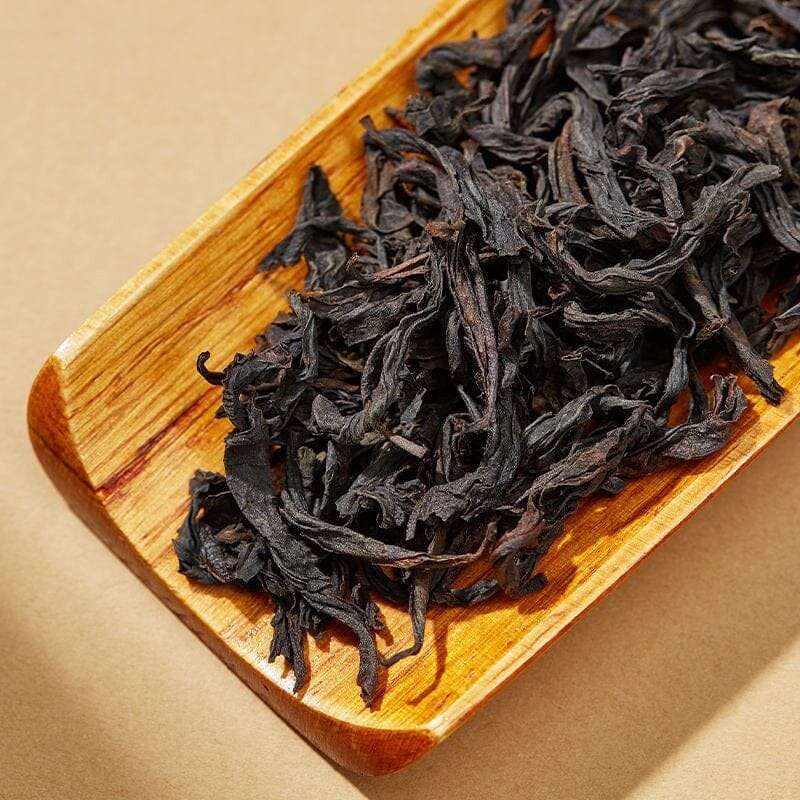
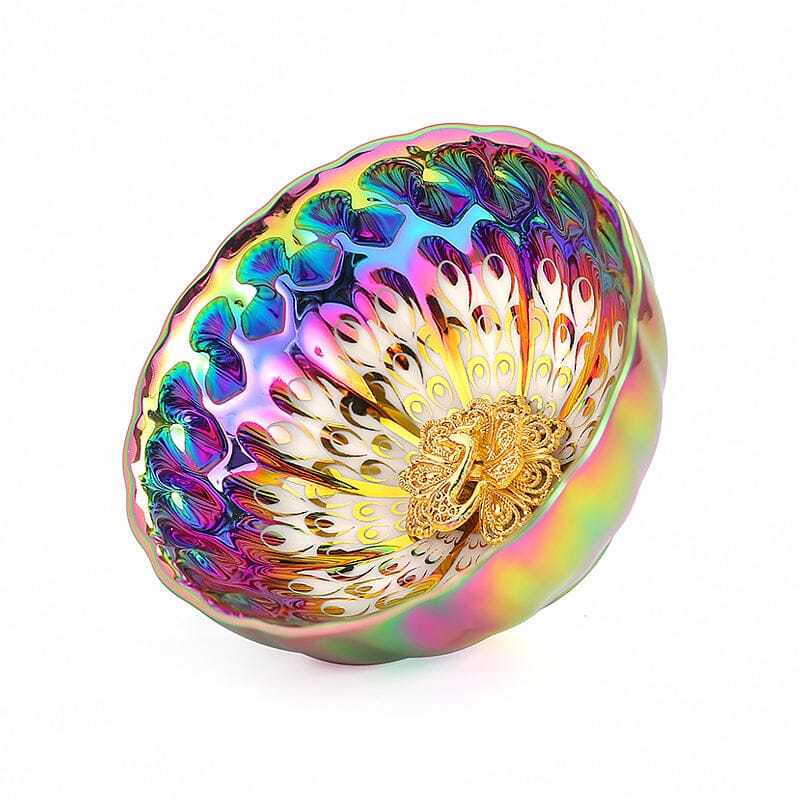


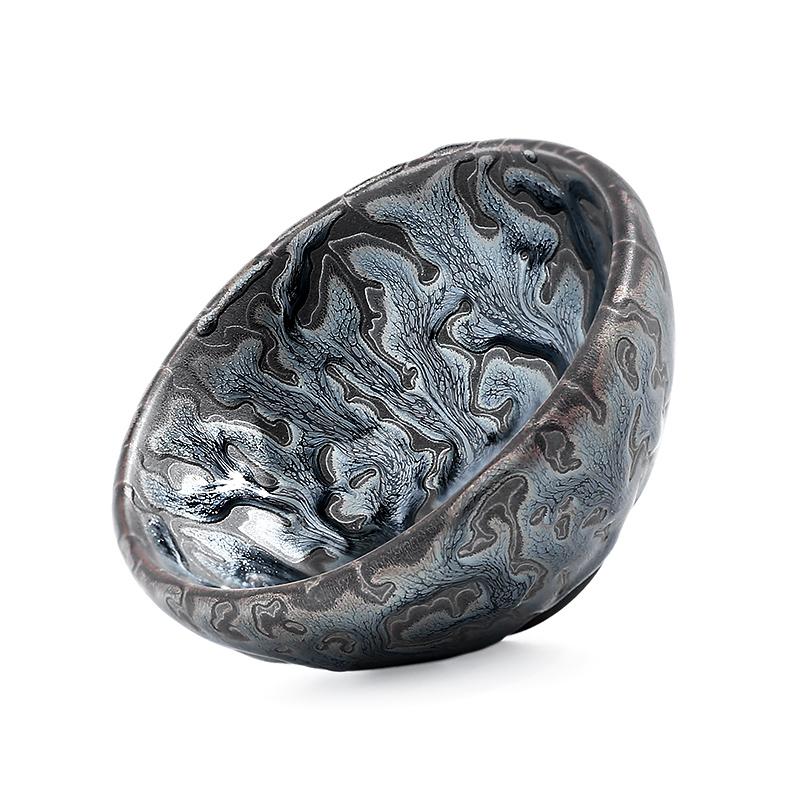
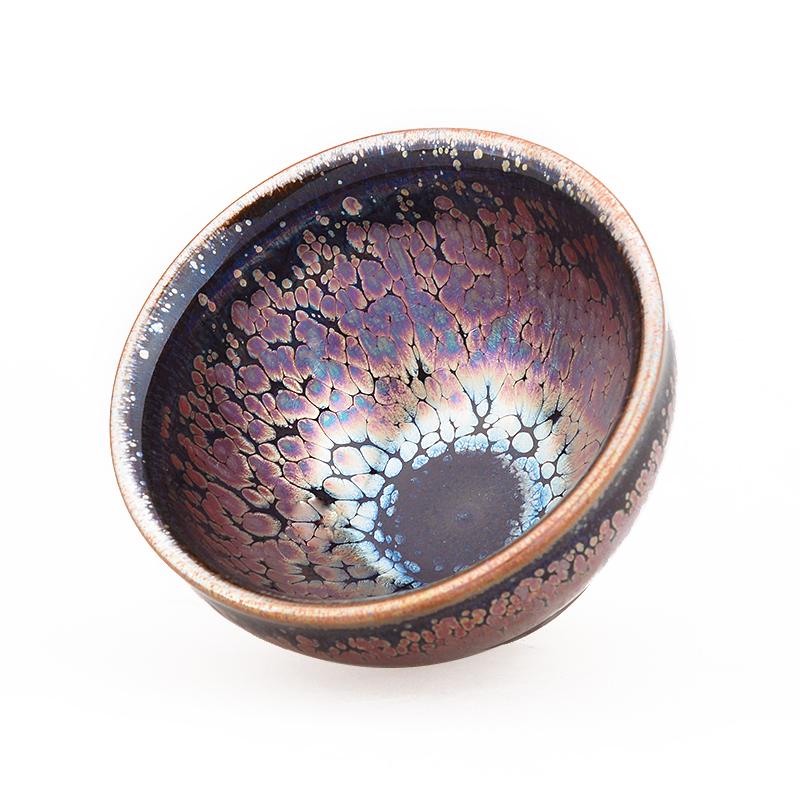
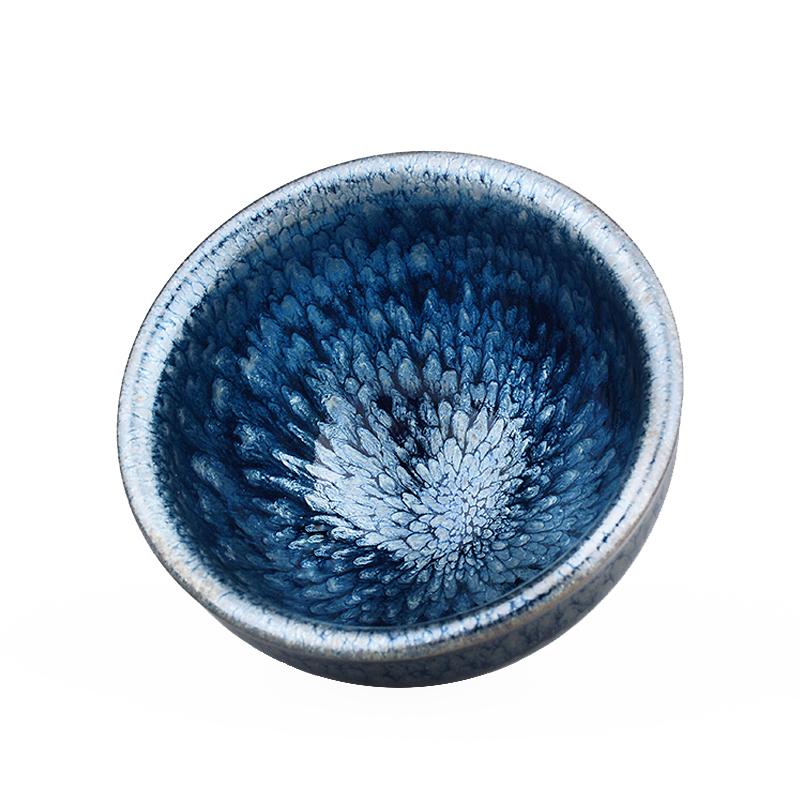
Aktie:
How to brew Baihao Yinzhen
Why Does High Mountain Clouds Produce Good Tea?